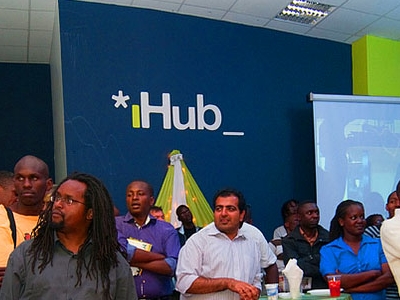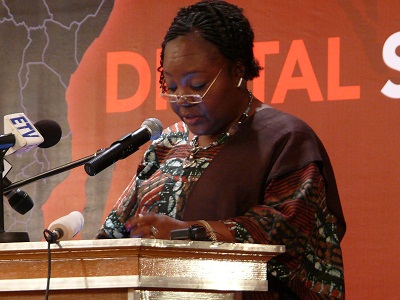In recent years, Vietnam has prioritized enhancing its infrastructure through strategic partnerships between the public and private sectors. Recognizing the pivotal role of these partnerships, USAID/Vietnam has collaborated closely with local stakeholders to bolster the regulatory framework and capacity necessary for successful Public-Private Partnerships (PPPs). A cornerstone of this effort has been the partnership with the American Economic Officers team, leveraging their expertise to support initiatives crucial to Vietnam’s development agenda.
Supporting Vietnam’s PPP Ecosystem
At the request of USAID/Vietnam, AEO has been instrumental in fortifying Vietnam’s PPP ecosystem, focusing on key areas such as regulatory enhancement, capacity building, and fostering sustainable business models. Building upon the groundwork laid by Integra under the Learning Evaluation and Analysis Project (LEAP III), AEO’s intervention has strengthened the Vietnam Chamber of Commerce and Industry’s (VCCI) role as the linchpin for coordinating domestic and international private sector engagements in PPPs.
Capacity Building Initiatives
AEO’s commitment to capacity building is evident in their series of workshops and training sessions tailored to empower local stakeholders. Notably, the PPP Skills Camp equipped participants from diverse sectors with essential knowledge on dispute resolution in PPPs. This initiative, held in collaboration with the Vietnam International Arbitration Center (VIAC), aimed to enhance VIAC’s capacity to handle disputes related to infrastructure projects—a crucial aspect in ensuring the sustainability and attractiveness of PPP ventures to investors.
Regulatory Advancements and Stakeholder Engagement
In February 2023, Integra organized a roundtable discussion on PPP regulations, highlighting challenges and proposing solutions to optimize the PPP legal framework. This session, attended by key government officials and industry experts, underscored the collaborative effort needed to streamline PPP processes and foster a conducive environment for private sector participation.
Innovative Financing Solutions
The AEO Team extends to exploring innovative financing mechanisms for infrastructure projects. Through comprehensive research and stakeholder consultations, Integra has developed reports advocating for the mobilization of new financing sources, including insights on recycling government assets—an approach successfully implemented globally but underutilized in Vietnam.
InvestBridge Platform: Empowering Provincial Growth
Under the Provincial Competitiveness Index (PCI) initiative, the AEO Team partnered with local firm OneNet JSC to develop the InvestBridge platform. This digital platform serves as a connection point for provincial growth by facilitating connections among investors, advisors, and local authorities. InvestBridge streamlines how provinces attract and manage investments, thereby bolstering Vietnam’s economic landscape.
Looking Ahead
AEO’s support underscores USAID’s commitment to fostering sustainable development in Vietnam. By empowering local institutions, refining regulatory frameworks, and fostering stakeholder collaboration, the work accomplished under AEO has laid a robust foundation for Vietnam to achieve its infrastructure development goals. As the partnership culminated in December 2023, the focus remained on ensuring the sustainability and inclusivity of Vietnam’s economic growth trajectory through strategic PPPs and enhanced provincial competitiveness.
For more information on AEO, please visit our AEO Contract Profile.


















































